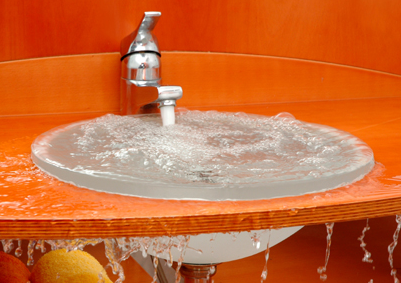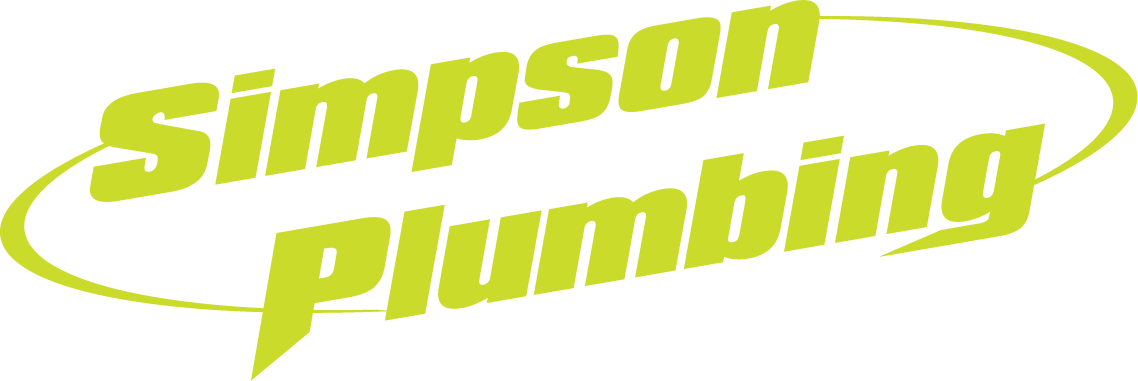 It usually starts with a little high pitched voice telling you “The toilets overflowing!” or any number of other natural disasters caused or witnessed by our children. Let’s face it, most of us are busy and pay as little attention as possible to anything other than just getting through the work day, putting food on the table and getting ready to do it all again the next day. But when disaster strikes it can be the best time, if you’re ready, to teach your children how to deal with damaging events well enough until you get home or a plumber can be called.
It usually starts with a little high pitched voice telling you “The toilets overflowing!” or any number of other natural disasters caused or witnessed by our children. Let’s face it, most of us are busy and pay as little attention as possible to anything other than just getting through the work day, putting food on the table and getting ready to do it all again the next day. But when disaster strikes it can be the best time, if you’re ready, to teach your children how to deal with damaging events well enough until you get home or a plumber can be called.
Having or acquiring a few home plumber tools is the first step to taking care of water related issues around the house. While this may seem obvious to some, most homeowners have few or any tools that are related to plumbing except for the handy red rubber plunger.
The right tools for the job
While most would-be plumbers have a set of tools that are great for most home repairs, here are a few tools that are extremely helpful when repairing plumbing. Showing your children the differences between plumbing, mechanics and carpentry tools is the first step toward educating them on using the proper tool for the job. Understanding this simple concept will save you and your children time and headaches as the work becomes easier using the proper tools and supplies.
The plumbing tools most used in basic home plumbing repair are basin wrench, pipe wrench, plunger, and a plumber or drain snake. Most of these tools can be found for sale online or at your local home improvement store. If the opportunity arises, take your children with you when purchasing your tools, and if possible talk with a sales associate and encourage your kids to ask questions about them.
Control the flow
They say ignorance is bliss, but not when talking about about plumbing. Rather than panicking in a water-filled situation, be prepared to take the steps needed to stop the flow of water from inundating your home. Learn where the shut-off valves are in your home and to the main water source at the meter box outside. Make sure you have the right tools to shut them off and that your children understand how to use them. The amount of damage that can be prevented by this simple step can be dramatic depending on the time it takes for someone else to shut off the water.
“The toilet’s plugged!” If you have kids, especially younger ones, this phrase is, or will be, one that you hear the most during their more inventive and exploratory years. Knowing and teaching your children the various steps of action required to unplug a simple or complex stoppage save you time and frustration. Starting with the proper usage of a plunger, you can then graduate to applying the drain snake to release the blockage.
As you and your children become more knowledgeable about plumbing, don’t be afraid to try more difficult fixes and repairs. Involve your children, having an extra small set of hands to help get into a tight spot or even just to hand you tools while fixing a garbage disposal unit can mean the difference between a speedy repair or a banged up forehead.
The last step and piece of advice is have fun. While most situations that require attention are stressful, remember that it’s only water. The biggest influence you have on your children is how you react in a tense situation. With the proper tools and preparation you can be just as cool, calm and collected as your local plumber when faced with your next home plumbing adventure.

 About Us
About Us  Services
Services  Plans
Plans  Commercial
Commercial